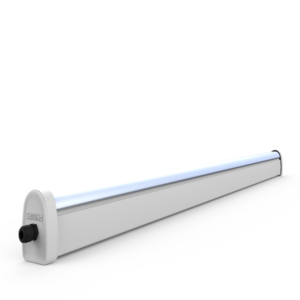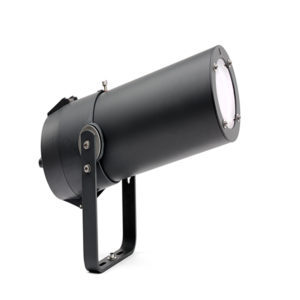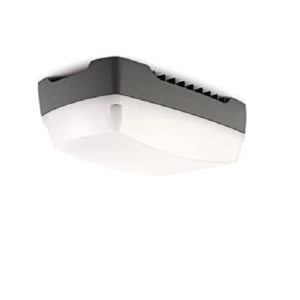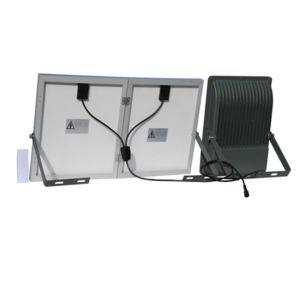Starters: A Brief Overview
Starters are electrical devices used to control the starting of electric motors. They provide a controlled and safe method of applying power to the motor, preventing excessive current draw during startup and protecting the motor from damage.
Types of Starters:
Direct-On-Line (DOL) Starters: These are the simplest type of starter, directly connecting the motor to the power supply. They are suitable for smaller motors and applications where starting transients are not a major concern.
Star-Delta Starters: These starters initially connect the motor windings in a star configuration during startup, reducing the starting current. After a predetermined time, the windings are reconnected in a delta configuration, increasing the motor’s operating voltage.
Autotransformer Starters: These starters use an autotransformer to reduce the voltage applied to the motor during startup, limiting the starting current. The autotransformer is gradually removed as the motor accelerates, increasing the voltage to the rated value.
Soft Starters: These electronic devices gradually increase the voltage applied to the motor during startup, reducing the starting current and torque. They offer smoother acceleration and reduced mechanical stress on the motor.
Applications of Starters:
Industrial Machinery: Controlling the starting of motors in various industrial processes, such as pumps, compressors, fans, and conveyors.
Commercial Buildings: Starting motors for HVAC systems, elevators, and other equipment.
Residential Applications: Starting motors in appliances like washing machines, refrigerators, and air conditioners.
Benefits of Using Starters:
Motor Protection: Protect motors from excessive starting currents and mechanical stress.
Reduced Power Consumption: Reduce the initial power surge during startup, saving energy.
Improved Efficiency: Optimize motor performance and reduce operating costs.
Safety: Ensure safe and controlled motor operation.
Choosing the Right Starter:
When selecting a starter, consider the following factors:
Motor Size and Type: Determine the size and type of motor to be controlled.
Application Requirements: Consider the specific requirements of your application, such as starting current limitations, acceleration time, and environmental conditions.
Efficiency and Energy Savings: Evaluate the energy efficiency of different starter types to optimize operating costs.
Safety Standards: Ensure the starter complies with relevant safety standards and regulations.
Budget: Determine your budget and select a starter that offers the necessary features within your price range.






Reviews
There are no reviews yet.